European Parliament
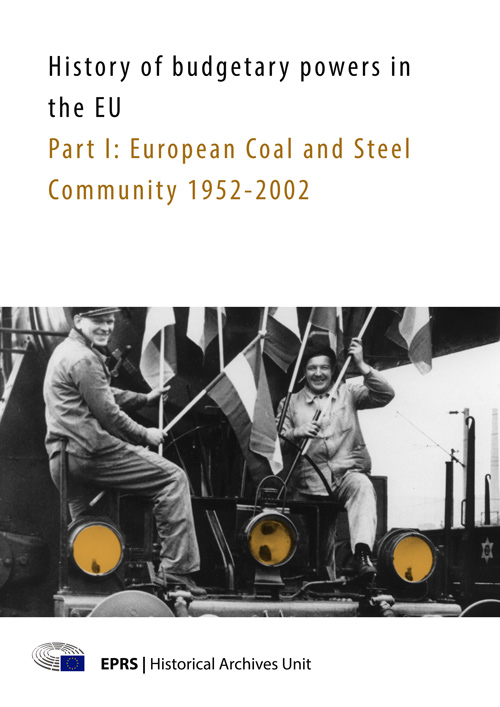
Budgetary powers in the EU: the ECSC 1952-2002
This study traces the very first phase of EU interinstitutional relations in the fields of budgetary powers and politics, analysing the European Coal and Steel Community (ECSC). It shows that political leadership was essential to implementing a vision and being at the forefront of change. It reveals the vitality of the ECSC Common Assembly with regard to both problems and solutions, and shows how it increased its influence and secured wider respect. Finally, it demonstrates how this approach proved fundamental in the moment of defining the tasks and competences of the European Parliamentary Assembly under the Treaty of Rome; the Parliament, even if in a legally weak situation, succeeded in reinforcing its role in the post-ECSC arrangements.
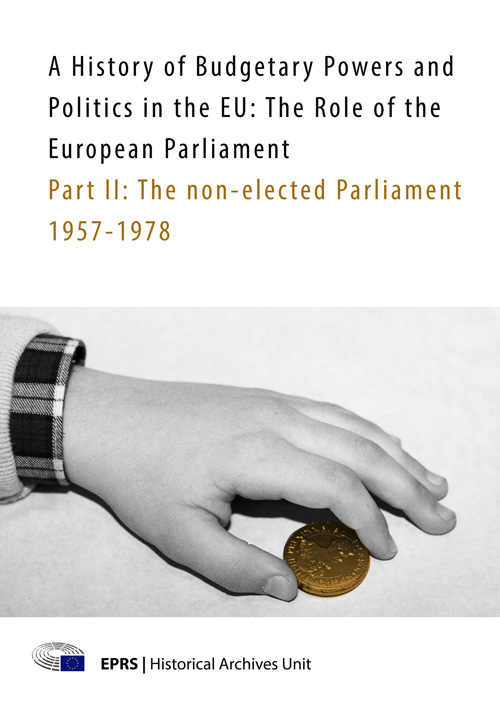
Budgetary Powers and Politics in the EU: the non-elected Parliament 1957-1978
This study provides a history of budgetary powers and politics in the EU during the period 1957-1978. It follows three phases: from the beginnings of the process, to preparations for modification of the Treaty and the first phase of democratic control. Though after 20 years full democratic control had not been achieved, important progress had been made and Parliament, although still not directly elected, had gained in influence and respect. This study gives a detailed description of various elements of the budgetary powers shaped by the treaties of 1970 and 1975, in particular those which would enable the elected Parliament to fight for more influence and powers in the budgetary domain as well as in legislative and institutional matters.
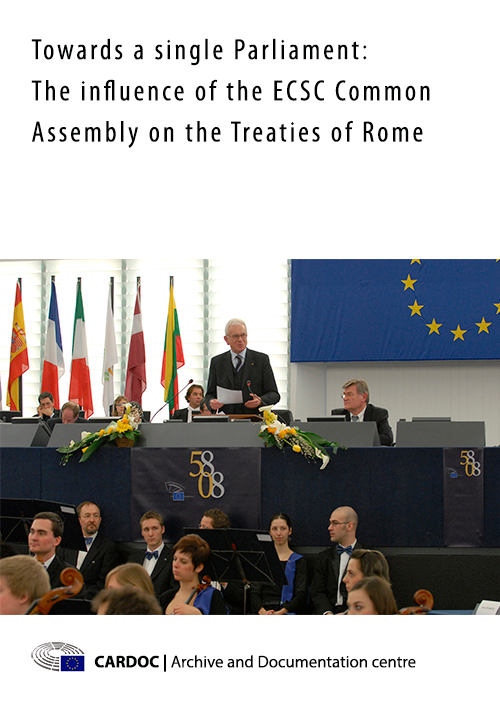
The ECSC Common Assembly & the politics, negotiation and content of the Rome Treaties
The Treaties of Rome are among the most important treaties of the European integration process, providing for the establishment of today's EU institutions and therefore playing a major role in securing the peaceful coexistence of Member States for sixty years. The Common Assembly of the European Coal and Steel Community has long been overlooked as an important factor in the development of the Rome Treaties. As it was not directly involved in deliberations and negotiations on the treaties, it might easily be concluded that the CA did not play a significant role. This briefing demonstrates the very opposite. This paper demonstrates how, given its political authority as the parliamentary representation of the people of the Community, the CA was successful in incorporating its demands into the deliberations and negotiations that led to the Rome Treaties.
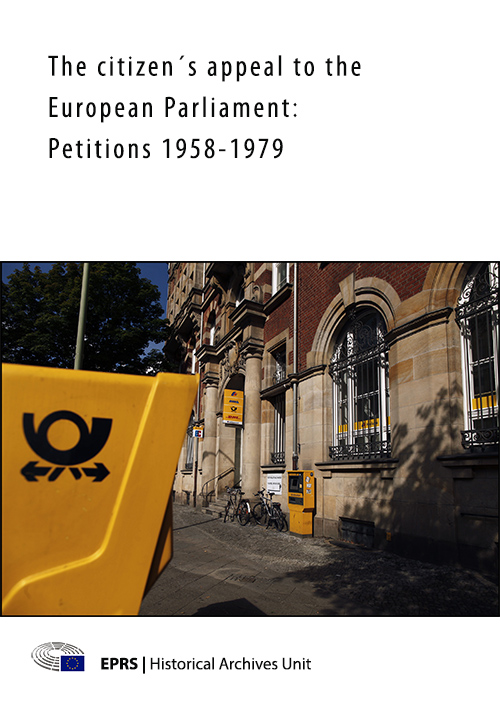
The citizen's appeal to the European Parliament
Petitioning is the ancient right to appeal to the sovereign to urge action for the protection of the applicant from abuses. With the transfer of sovereignty to the people, petitions have been addressed to the parliament in which the representatives of the new holders of sovereignty sit. Right from the beginning of European parliamentary history, the Common Assembly of the ECSC, deeming itself to be a real and proper parliament, declared its competence to receive the complaints and suggestions of citizens of Member States. This study focuses on one of Parliament's activities that might be considered secondary, but which is significant because it is a way of bringing the institution closer to the specific problems that its citizens have in dealing with public administrations in areas that are within the competence of the Community.
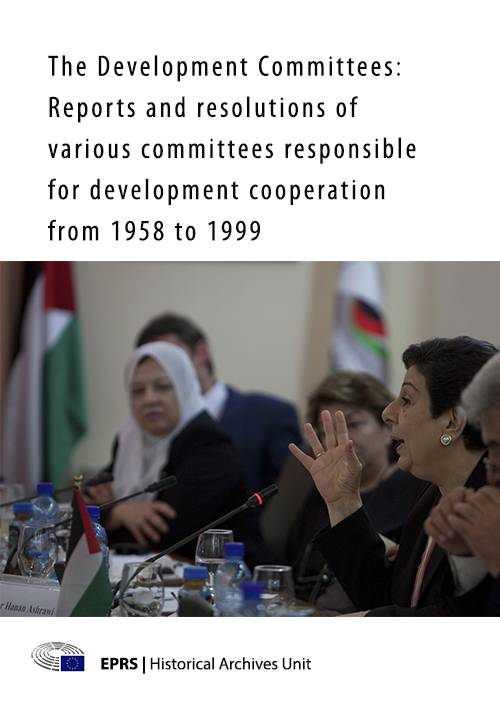
The Development Committees
The EU’s development cooperation policy came into being in 1957, when the Treaty of Rome was signed, and has advanced in step both with the European Community itself and with the countries of Africa. The first form of cooperation, ‘association’, which sought to preserve the ties among the former colonies which had become independent, was succeeded by development cooperation between the ACP (African, Caribbean and Pacific) countries and the European Community under the Lomé Convention and later the Cotonou Agreement. This publication examines Parliament's development policy through its various cooperation and partnership agreements and the work of the relevant parliamentary committees from 1958 to 1999.
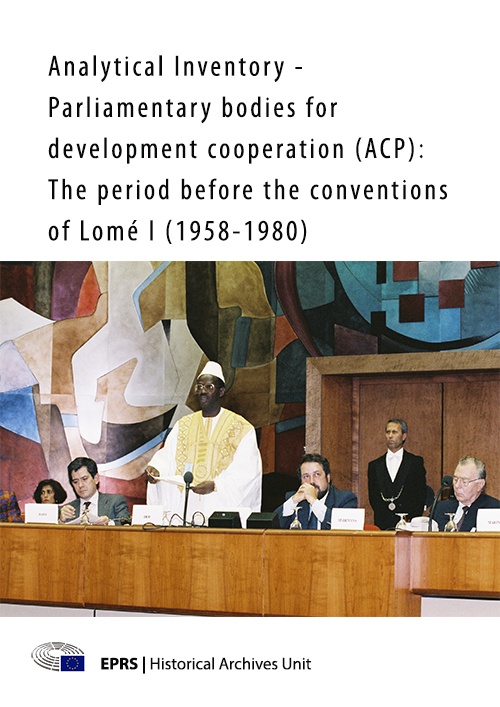
Analytical Inventory - Parliamentary bodies for development cooperation 1958-1980
This special edition is a search tool which gives a structured display of the analysis and the description of the fonds for parliamentary bodies concerned with the development of cooperation in ACP countries. This publication combines both a historical and an archival approach, retracing the beginnings of cooperation between the elected representatives of the Community and their counterparts in the African, Caribbean and Pacific states.

The European Parliament and the establishment of a European Ombudsman
This new study, which forms part if the European Parliament History Series, looks at the stances taken by the Parliament and by some of its committees, political groups and Members on the issue of the establishment of a European Ombudsman. Between the time when the idea of an ombudsman for the European Communities was first mooted in the mid-1970s, and the appointment of Jacob Söderman as the first European Ombudsman in July 1995, the Parliament changed its stance several times, first supporting the idea and then opposing it, before ultimately playing an active part in setting the office up. These changes of approval, and the reasons behind them, are examined in detail in this study.
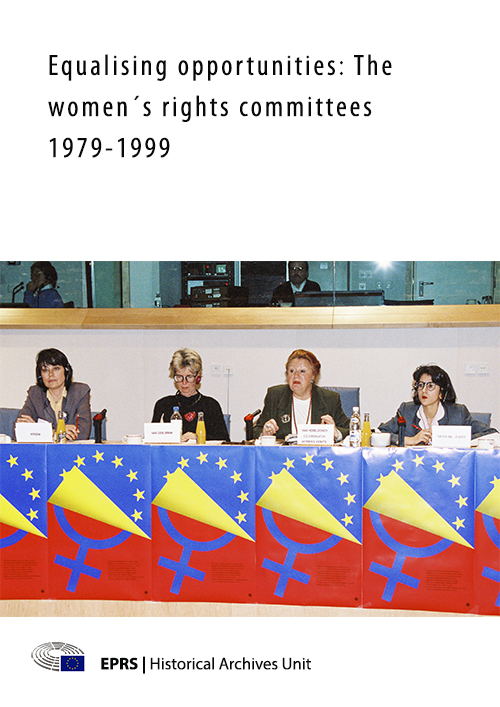
Women's rights committees 1979-1999
This issue of our publications retraces the work during the first two decades of the Committee on Women's Rights, which played a large part in devising and implementing EU gender equality legislation. This study covers the period until 1999, the year in which the Treaty of Amsterdam came into force. The Treaty of Amsterdam provided more significant changes for the status of women in the European Union and thereafter the issue of equal treatment between the sexes became a mainstream part of all areas of Community policy, particularly in the context of decision making. The rest of this study focuses on the creation, organisation and procedures of the Committees on Women’s Rights.
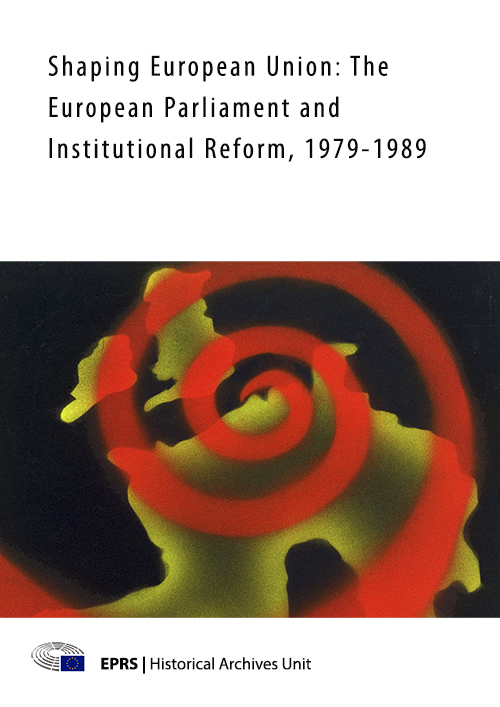
The European Parliament and Institutional Reform 1979-1989
This special edition is a search tool which gives a structured display of the analysis and the description of the fonds for parliamentary bodies concerned with the development of cooperation in ACP countries. This publication combines both a historical and an archival approach, retracing the beginnings of cooperation between the elected representatives of the Community and their counterparts in the African, Caribbean and Pacific states.
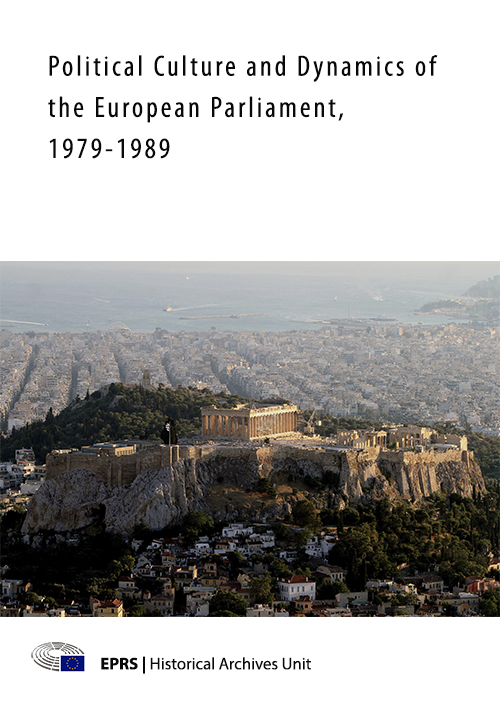
Political Culture and Dynamics of the European Parliament, 1979-1989
The election of the European Parliament by direct universal suffrage in 1979 was a ground-breaking democratic event that profoundly changed the character, composition and functioning of the Assembly and its political influence in the institutional set-up of the European Community. The impact of this change extended to areas as diverse as the organisation of parliamentary business, the workings of parliamentary committees and intergroups, increased budgetary powers, the socio-professional profile of MEPs, the role of political groups and much more. Read about these and other changes here.
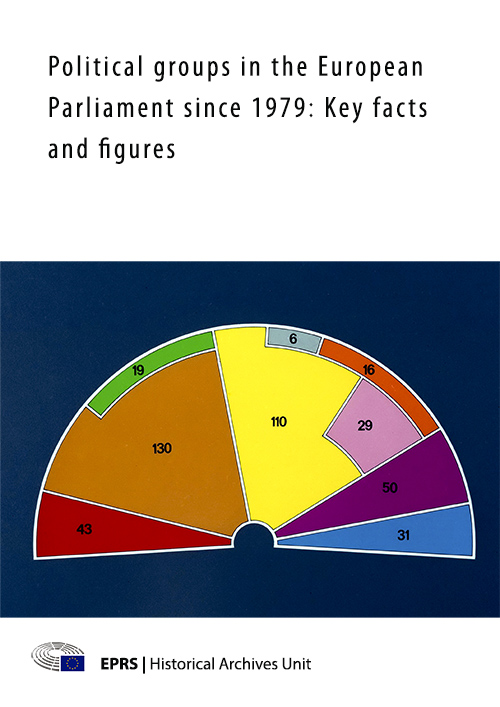
Political groups in the European Parliament in figures
Back in 1958, Ernst B. Hass, the first academic to study transnational party cooperation in European integration, wrote that their ability to build overlapping transnational organisations at European level made political parties essential drivers of political integration. Nevertheless, the early history of European transnational party cooperation has yet to be analysed systematically, let alone comprehensively. A few historical studies reconstruct the development of the predecessors of today's political parties at European level, but in-depth historical studies on the political groups in the European Parliament are virtually non-existent. This study aims to help to fill this gap in the research, by compiling figures on the historical development of the European Parliament's political groups from the Parliament's first direct election in 1979 up to the present day.
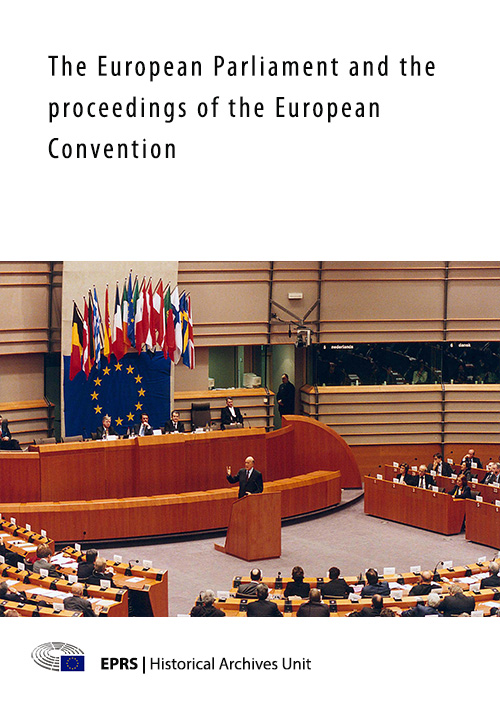
The European Parliament and the work of the European Convention
This study reviews the Convention’s work on the most significant themes of the European Constitution. The document focuses in particular on those institutional themes (competences, structures and decision-making procedures) for which it was felt, prior to the Convention, that the treaties needed to be reformed to find solutions more in keeping with the new dimensions of a Union of 25 Member States which may well be further enlarged in the next few years. By publishing this booklet produced by its Archive and Documentation Centre, the European Parliament aims to provide a brief summary of the debates which have taken place within the European Convention and in Parliament itself.
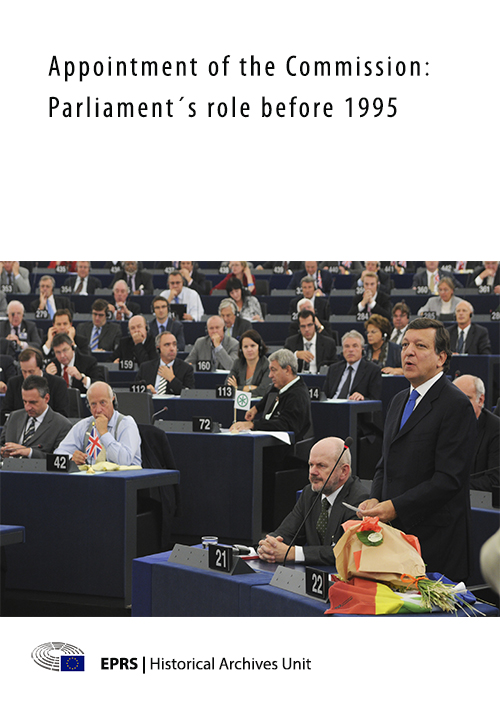
Parliament & appointing the Commission before 1995
In September 2014, the Commissioners-designate for the Juncker Commission were required to appear before the European Parliament's committees as part of the procedure for the approval of the European Commission. This would be the fifth set of hearings to be held since 1995. But did Parliament have a role in the new Commission's appointment prior to 1995? With this briefing from 2014, we provide a short account of the procedure used before 1995 and the long road to Parliament having its say in the appointment of the Commission.
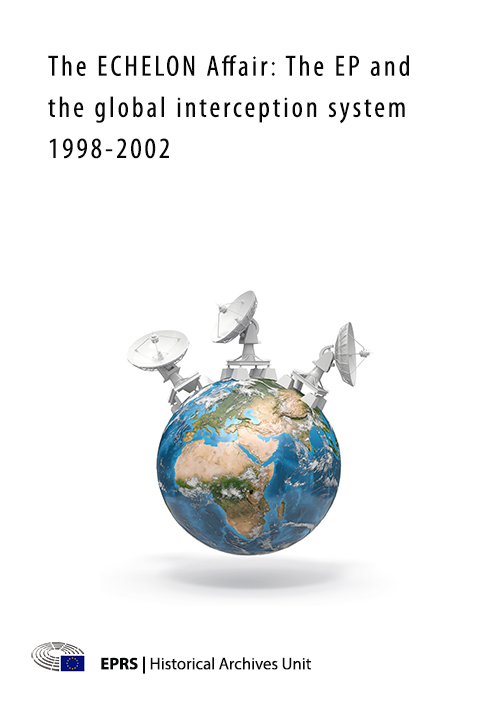
The ECHELON Affair
This study, the first to appear in the European Parliament History Series, retraces the work of Parliament and in particular of its Temporary Committee on the Echelon Interception System, following the revelation of the existence of a spy system managed by the United States and designed for non-military targets: governments, organisations and businesses virtually all over the world.
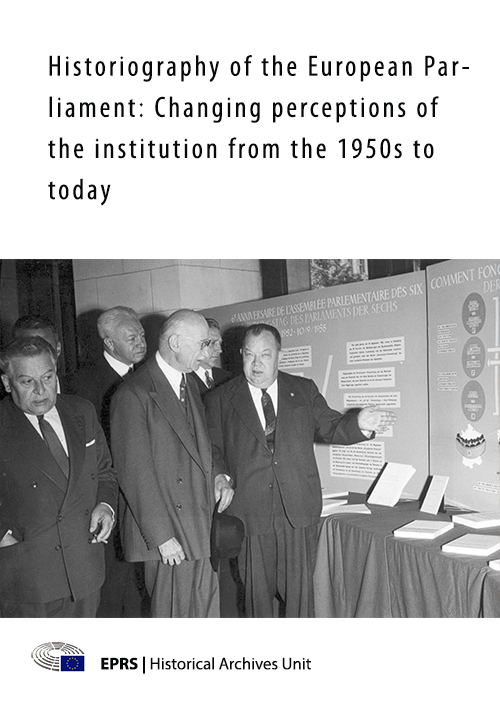
Historiography of the European Parliament: Changing perceptions of the institution from the 1950s to today
This study charts the course and contours of academic interest in, and writing about, the European Parliament (EP) since its origins in the early 1950s. What began as a trickle of scholarly works on the EP turned into a flood in the early 1990s, after the EP acquired greater legislative power and became more like a ‘real’ (if not a ‘normal’) parliament. The study does not claim to mention every significant work on the EP, and may well mention some works that other scholars might not consider to be particularly significant. It aims to present a ‘historiography’ of the EP, without limiting itself to the study of historical writing. Accordingly, it ranges over a wide swath of scholarship, including history but also, primarily, political science.